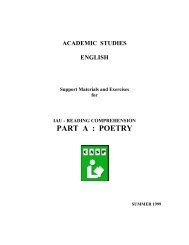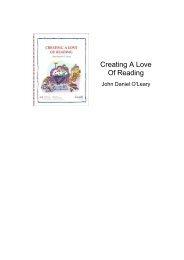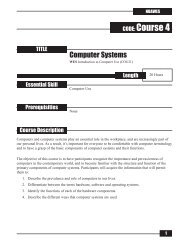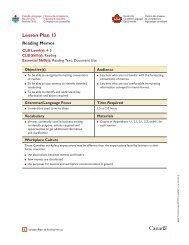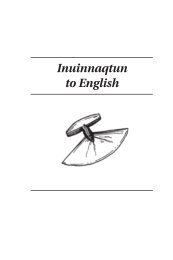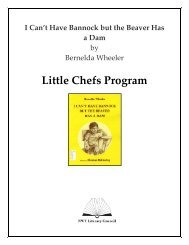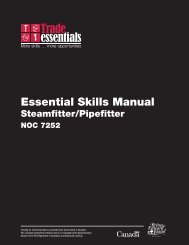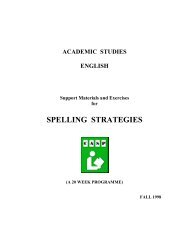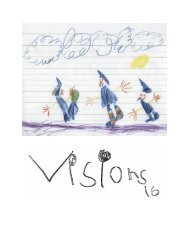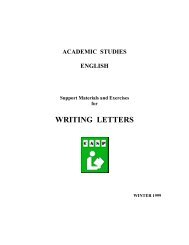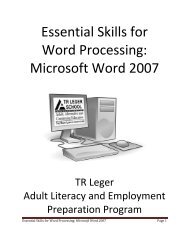Integrating Essential Skills into Training - National Adult Literacy ...
Integrating Essential Skills into Training - National Adult Literacy ...
Integrating Essential Skills into Training - National Adult Literacy ...
Create successful ePaper yourself
Turn your PDF publications into a flip-book with our unique Google optimized e-Paper software.
• thinking skills<br />
◊ problem solving<br />
◊ decision making<br />
◊ critical thinking<br />
◊ job task planning and organizing<br />
◊ significant use of memory<br />
◊ finding information<br />
• working with others<br />
• computer use<br />
• continuous learning<br />
WORKPLACE ESSENTIAL SKILLS (AN OVERVIEW)<br />
Reading Text<br />
Reading text refers to reading prose that is longer than a single sentence. Text can be read on<br />
paper, a whiteboard or a screen. In the workplace, you:<br />
◊ scan (read to locate specific information - involves glancing over the text to locate key<br />
words and phrases)<br />
◊ skim (read rapidly to get the gist or general idea – involves glancing through the text<br />
for its main features including headings, subheadings, highlighted words, etc.)<br />
◊ read the whole text to understand and to learn – involves carefully reading the text in<br />
its entirety to learn the details of the subject matter in order to respond to a wide<br />
variety of needs<br />
◊ read critically to evaluate, edit or critique – involves reading the whole text with a<br />
critical eye in order to exercise judgement<br />
In the workplace, you read text in the form of:<br />
• notes • technical manuals • instructions<br />
• memos • safety manuals • emails<br />
• letters • specifications • contracts<br />
• regulations • journals • reports<br />
• logbooks • catalogue descriptions • training materials<br />
• detailed work orders • labels and circulars • pamphlets/brochures<br />
• forms – reading a form can be considered reading text if there is more than one<br />
sentence to read (e.g.) a purchase order with a product description, a detailed work<br />
order, an evaluation form that cites examples, an accident report, an MSDS, etc.<br />
• labels – reading a label can be considered reading text if there is more than one<br />
sentence to read (e.g.) directions on hair dye, hazardous goods labels, medicine labels,<br />
caution labels, etc.



